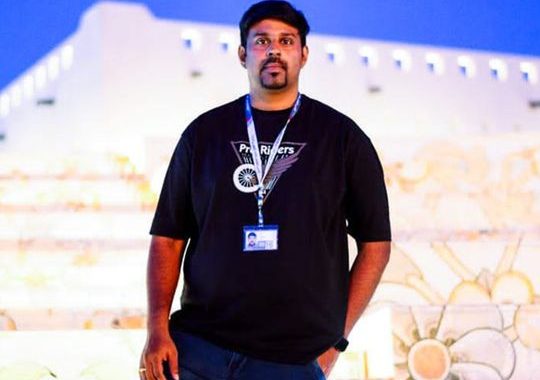New book in UAE explores date palm trees’ role in fighting climate change

Image Credit: Gulf News archives
Abu Dhabi: A new research book published in the UAE proposes enlisting the carbon sequestering (capturing and storing) power of date palm trees to offset climate change.
The book, titled ‘The Palm Tree and the Carbon Footprint’, is authored by Emirati scientist by Dr Bassam Dahi. Written in English and consists of six chapters, it focuses on date palm trees’ ability to sequester atmospheric carbon in both their biomass (crown, trunk, and roots) and the cultivated soil.
‘Carbon sinks’
Date palm cultivation is considered a part of the agricultural system in the Middle East and North Africa region, as well as arid and semi-arid regions in general. Date palms serve multiple purposes, providing not only economic benefits but also environmental advantages, says the book. They are recognised as effective “carbon sinks” in arid regions, storing carbon in both the biomass of date palms and the soil in which they are planted.
Local case study
The author developed equations to estimate the biomass and, consequently, stored carbon of date palms using field measurements (crown area and trunk height of the date palm). These equations were specifically tailored for date palm plantations in the emirate of Abu Dhabi, which constitutes the geographical scope of the study and can, the book says, be applied in other similar arid and semi-arid ecosystems. Also, the study revealed the percentages of carbon stored in above-ground biomass (crown and trunk) and below-ground biomass (root systems) of the date palms, as well as the organic carbon added to the soil where the date palms are planted.
The author used different types of satellite imagery to map accurately date palm plantations in the emirate of Abu Dhabi at different growth stages (young palms, medium palms, and mature palms). The author calculated the areas in hectares and counted the number of palms.
The other aspect of the book relies on building remote sensing and GIS-based biomass models that calculate the amount of sequestered carbon, in tonnes per hectare, in date palms at different growth stages. This involves applying direct correlations and analysing the regression coefficients between date palm plantations and their spectral properties as observed by satellite images.
Filling a research gap?
The “ultimate aim” of the book is to propose a scientific and comprehensive methodology for estimating and mapping the carbon stock. This methodology can assist countries like the UAE and other Arab countries with arid regions in their substantial efforts in desert afforestation, greening projects, and reducing carbon footprints. These efforts have not been accounted for due to the lack of applicable mechanisms and tools to assess biomass, and hence carbon stock. The book says it provides this needed methodology. In turn, the book sheds light on the efforts of Arab countries to mitigate the impacts of climate change.
It also hopes to assist reporting on the carbon footprint of countries that have signed relevant international agreements on climate change.
Spawned by COP28
The book launch was announced under the patronage of Sheikh Nahyan bin Mubarak Al Nahyan, Minister of Tolerance and Coexistence and Chairman of the Board of Trustees of the Khalifa International Tolerance Award. The event took place at the UAE Pavilion in the Blue Zone at the 28th Conference of the Parties to the United Nations Convention (COP28) by the United Nations Framework Convention on Climate Change held in Dubai earlier this month.
The book launch was attended by Mariam Almheiri, Minister of Climate Change and Environment, and Dr Abdelouahhab Zaid, the Award’s Secretary-General, who adopted the idea of issuing the book. The book was introduced in an address by Sheikh Nahyan.



